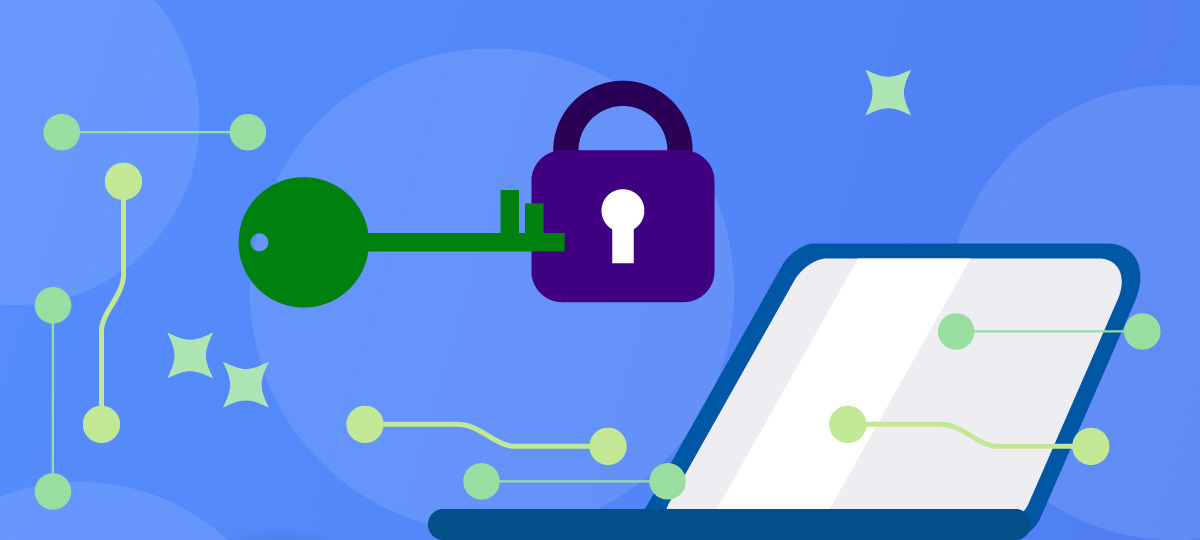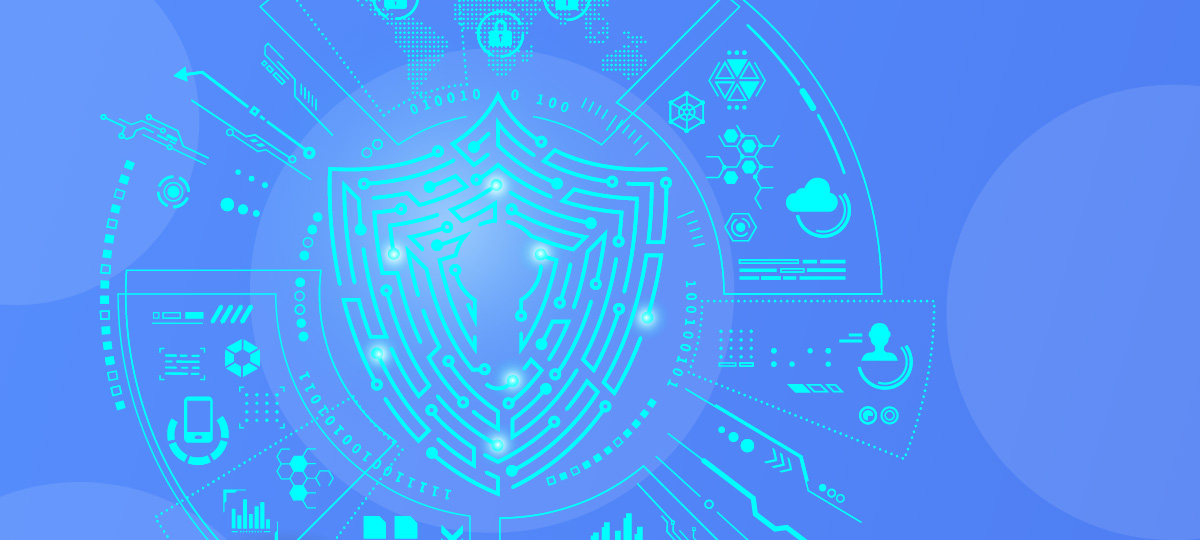
The idea that technology carries risks isn’t new. But there’s a problem.
Most people don’t think about how their actions — or lack thereof — impact their risk profiles. In fact, many of us are more than willing to go with whatever’s easiest even when that may be a hazard. Data privacy is one major area where we could stand to improve, and tools like GlassWire make it way simpler to take charge.
What Is Data Privacy?
Data privacy is a subset of data protection. It entails an individual’s right to control what happens with their personal information. This includes how their data is stored, shared, collected, and otherwise used.
Hopefully, you’re thinking this definition sounds familiar. For instance, you’ve probably visited websites that included privacy controls or customizable settings. But data privacy isn’t just about satisfying personal preference. Even though preferences play a big part, information privacy is a matter of security.
Why Is Data Privacy Important?
Data privacy matters because it helps keep people, organizations, and systems safe. Protecting information from bad actors combats unintended victimization, letting everyone benefit from technology.
In some ways, these connections are obvious. For example, a website that lets users choose who gets to see their data might lower their risk of exposure to fraud and identity theft.
The risks of poor data privacy can be subtle yet extremely harmful. For instance, members of marginalized populations who used apps with poor data privacy have been tracked by law enforcement and their employers. Others have been illegally discriminated against by companies that bought their consumer data — a big problem in the age of AI decision-making. Technology-aided suppression and surveillance of political opponents are also common themes in autocratic nations.
It’s important to know that the impacts of poor privacy can impact anyone. You don’t need to be a criminal to be targeted by an oppressive government, and your data may even be used to justify criminalizing you. Hackers don’t care whether you’re a good person or not — they just want to steal your life. It’s critical to improve your odds with tools that detect spyware and other red flags.
Preserving Your Personal Data
There are smart moves anyone can take to boost their personal data privacy:
- Develop better password habits: Don’t use easy-to-guess passwords, and never reuse them across sites. If your passwords get compromised, change them, and consider using a password manager.
- Don’t use default device passwords: Create a strong Wi-Fi password before enabling your network. The same goes for using security cameras and similar connected devices — keeping the defaults makes life easy for bad actors.
- Use multi-factor authentication: Having to check your phone every time you log in may seem annoying, but it’s a huge safety win.
- Stay updated: Software and OS updates ensure you have the latest protection.
- Don’t just accept the default privacy settings: Privacy settings exist for a reason, and you should use them. In today’s digital marketplaces, your information is a hot commodity. Be sure your favorite sites aren’t exposing you to unnecessary risks.
- Connect securely: Always look for indicators that you’re connecting securely, like the lock icon in your browser’s address bar. Avoid using public Wi-Fi or regular HTTP connections for things that need to stay secure, like making payments or logging in.
- Stop sharing everything on social media: Social media isn’t as secure as many platforms would have you believe. After all, the point of sites like Facebook, Twitter, and others is to let people find you. Think carefully about what you’re putting out there!
- Know and manage your networks: Using network health monitoring tools and firewalls is just as important as installing antivirus software. You don’t have to be a tech genius to stay in control, so it’s worth the minimal effort!
Corporate Data Privacy Pointers
Corporate data privacy overlaps with personal data privacy in many areas. For instance, companies should keep software updated and follow all the other tips covered above. But there are a few extra steps they should take too:
- Understand your data chain of custody: You should always know where your data travels, who can access it, and how it’s transmitted. Network complexity is no excuse for slacking off!
- Secure your supply chain: Be certain your vendors match or exceed your own data privacy standards.
- Create backups: If the worst comes to pass, having a backup will let you recover quicker — and shut hackers out faster.
- Centralize management: Enact central policies for network oversight and propagate them from the top down instead of relying on individual departments.
Protect Your Privacy With GlassWire
These were just a few pointers on effective data privacy. But there’s a huge difference between knowing what you ought to be doing and following through. Your willingness to get over that hurdle determines whether or not you’ll enjoy the benefits of privacy, so it’s up to you to commit.
GlassWire makes it easy to get started with zero skill or effort. Set up advanced firewall rules, scan your network traffic, and exercise absolute control over what happens on your devices. Start protecting your data by trying GlassWire today.













